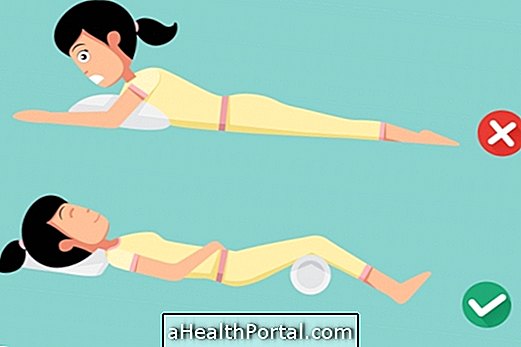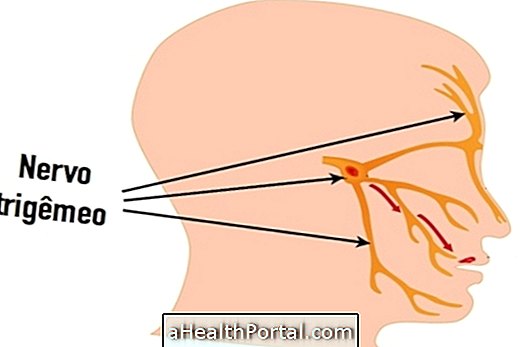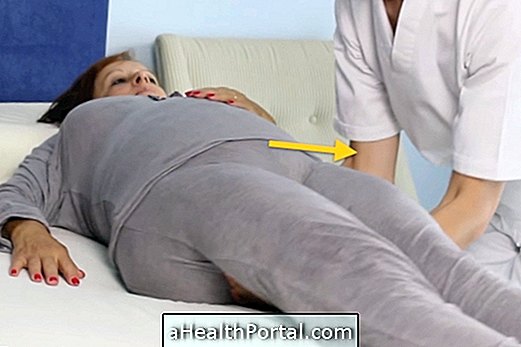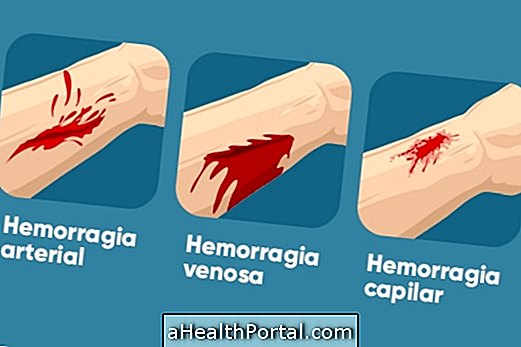The ducts of Müller, also known as paramesonephric ducts, are structures that are present in the embryo and that give rise to female internal genitalia, if it is a girl or remain in vestigial form, if it is a boy.
In women, the ducts of Müller originate the uterine tubes, the uterus and the upper part of the vagina and in men, the structures that give rise to the male sexual organs like the epididymis, the vas deferens and the seminal vesicles are the Wolff ducts, which remain in vestigial form in women.
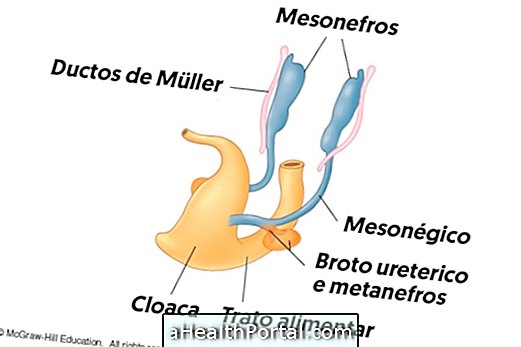
How they grow
Both the Müller ducts and the Wolff ducts depend on hormonal controls:
In the embryo that will give rise to males, a hormone, called the anti-Mullerian hormone, is produced, which leads to the regression of the Müller ducts, and then produces testosterone, which is released by the testicles, which will stimulate the differentiation of the ducts of Wolff.
In the absence of the production of these hormones, in the female embryo, the ducts of Müller develop, leading to the differentiation and formation of internal female genitalia.
What complications
There are some complications that may occur during the differentiation of Mullerian ducts, which may cause anomalies:
1. Rokitansky-Kuster-Hauser syndrome
This syndrome is characterized by an absence of uterus, uterine tubes and upper portion of the vagina, however, the secondary sexual characteristics develop in the same because the ovaries remain present since they do not depend on the Müller's ducts to develop.
Urinary and spinal abnormalities may still occur. It is not yet known what causes this syndrome, and is usually discovered in adolescence due to the absence of menstruation. Learn more about this syndrome, what the symptoms are and how to treat it.
2. Uterus unicorno
This anomaly is thought to develop due to a problem in the development of one of the Müller ducts. The unicorn uterus is about half the size of a normal uterus and has only one uterine tube, which may make pregnancy difficult.
3. Obstructive lateral fusion problems
When lateral fusion problems occur, occlusion of the cervix or vagina may occur and may, in adulthood, lead to menstrual cramps or endometriosis. In these cases, removal of the obstructive vaginal septum may be necessary.
4. Non obstructive lateral fusion problems
When non-obstructive lateral fusion problems occur, a bicorn or septate uterus may form, which may hinder pregnancy, lead to premature births, cause miscarriages, or even cause infertility.
5. Obstructive vertical fusion problems
Obstructive vertical fusion problems may also occur, which may lead to absence of vagina but presence of uterus and may need to be removed if the cervix is not present.
